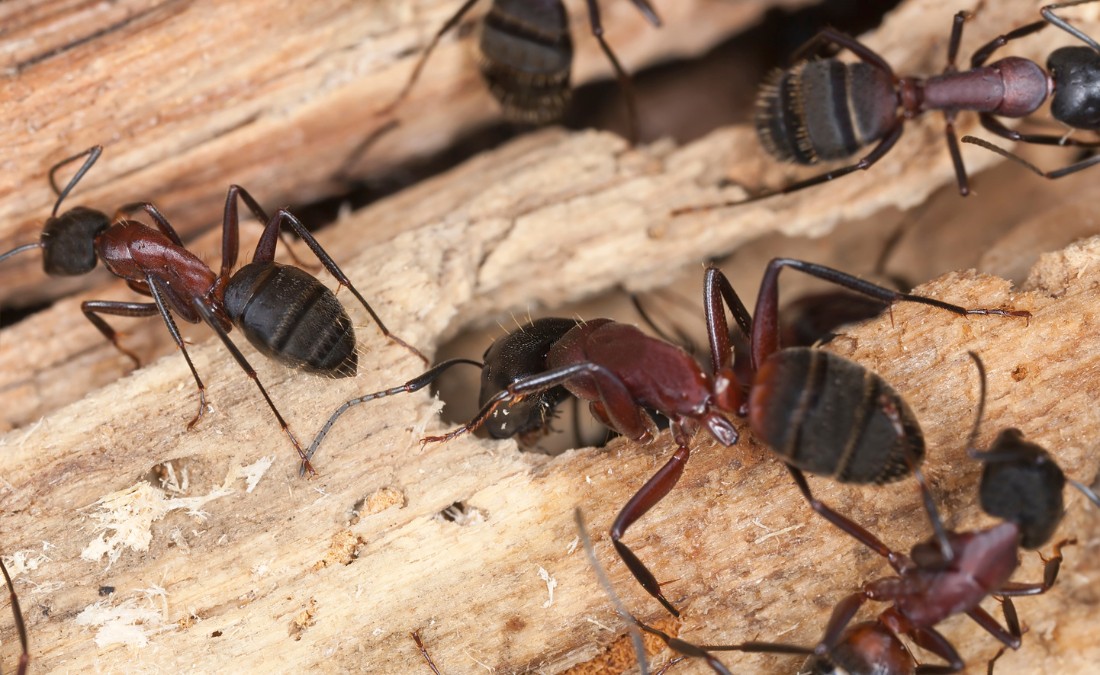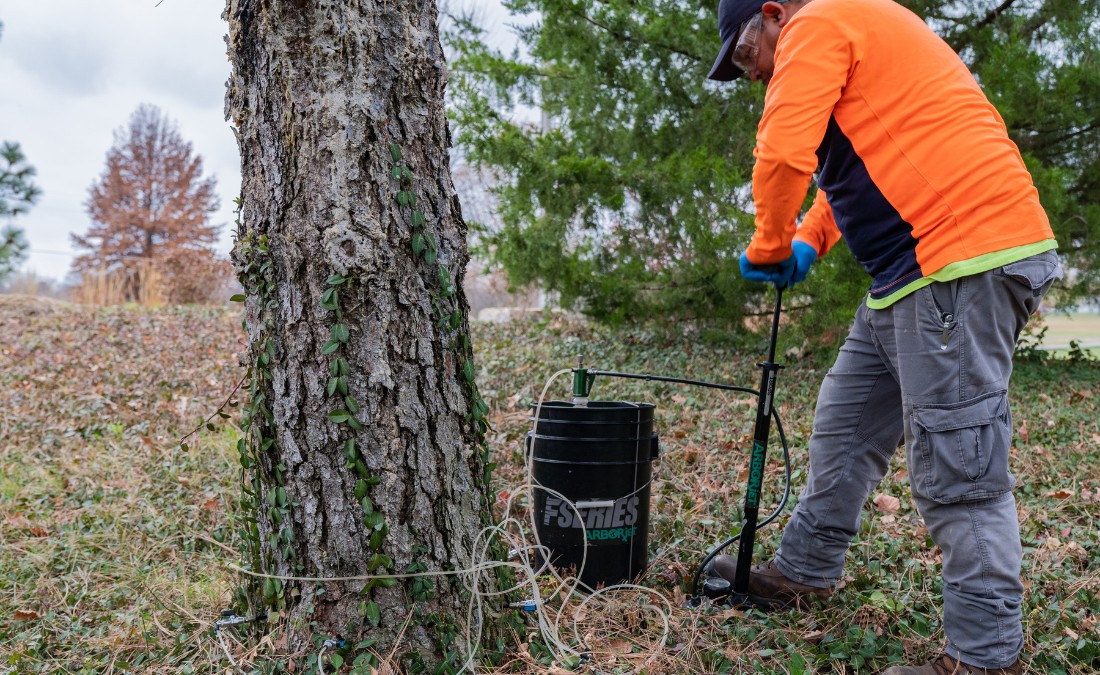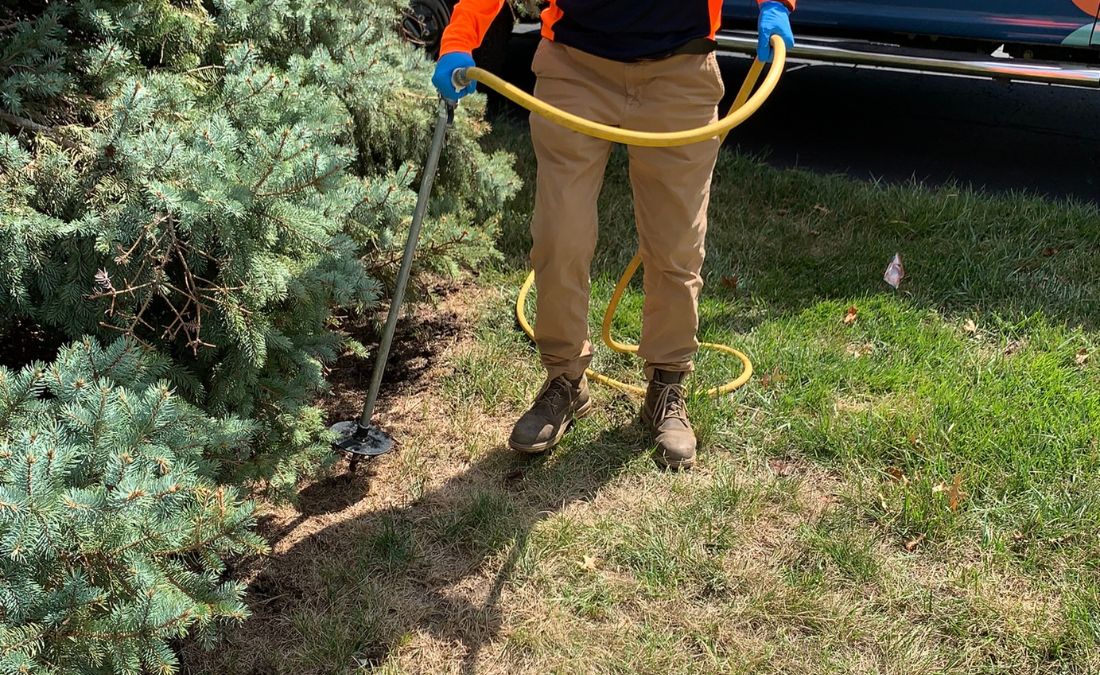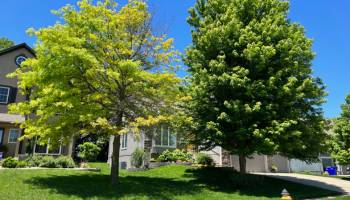How to Spot a Hazardous Tree: Signs Your Tree Could Be a Winter Safety Risk

Spotting a hazardous tree before winter can save your home and family from costly damage. Learn how to identify risks and protect your property in Liberty, MO.
Winter in Liberty, MO, can be tough on trees, creating serious risks for homeowners if a hazardous tree is ignored. Under the weight of ice, snow, and gusting winds, a weakened or damaged tree can quickly become a major safety hazard – sending branches crashing down or even toppling the entire tree, threatening your home and family.
Spotting the signs of a hazardous tree before winter hits can make all the difference in protecting your home and avoiding unexpected repairs.
Key Takeaways:
- Trees weakened by age, disease, or damage can quickly become unstable, especially under winter weather conditions, creating serious safety risks.
- Common indicators of a hazardous tree include leaning, cracks or splits in the trunk, dead or hanging branches, decay or fungi growth, and bark damage.
- Having a Certified Arborist assess your trees before winter helps prevent costly damage and ensures safety.
What Is a Hazardous Tree?
A hazardous tree is one that has structural issues or health problems that make it likely to fall or shed branches. Whether it’s due to age, disease, previous storm damage, or other factors, a hazardous tree is unstable and unpredictable.
When winter arrives, bringing snow, ice, and gusty winds, the added weight and pressure can push weak trees to their breaking point, increasing the chances of falling branches or complete tree collapse.
Hazardous trees pose more than just a threat to your property – they can also put your family and neighbors in danger as well. Identifying and dealing with these risks before winter sets in helps avoid potential accidents and the costly hassle of emergency tree removal.
Signs of a Hazardous Tree
Late fall is a good time to assess your trees because, without the cover of foliage, you can get a clearer view of any issues that might have gone unnoticed during the growing season. Here are the most common signs that a tree could be a safety risk.
Leaning or Unstable Trees
A tree that suddenly begins leaning or shows signs of root upheaval could be at serious risk of falling. Leaning often happens when the roots weaken, or the soil around the tree becomes unstable, making it difficult for the tree to stay upright.
If you notice your tree tilting or the ground around its base looks uneven or cracked, it’s a sign that the tree might not withstand heavy winds or snow.
Cracks or Splits in the Trunk
Cracks and splits in a tree’s trunk are typically caused by stress on the tree’s structure. These cracks can form during rapid temperature changes when the trunk expands or
contracts too quickly. As the tree ages, these fissures can become deeper and more severe, compromising the tree’s structural integrity.
If you see any large cracks or splits running through the trunk, it’s important to have the tree assessed by an expert.
Dead or Hanging Branches
Dead branches are easily identified by their lack of leaves, buds, or any signs of new growth. They often have loose or peeling bark, or a stubby appearance. If you spot branches that are clearly dead or hanging loosely, prune them to prevent them from falling unexpectedly and becoming a safety hazard.
Decay and Fungi Growth
Mushrooms, fungi, or unusual growth around the tree’s base or trunk are signs of decay. When a tree is decaying, it weakens from the inside out, leaving it less stable and more prone to falling. Hollow trunks or soft spots in the wood also suggest internal rot, which can make the tree structurally unsound.
Bark Damage
A tree’s bark serves as its protective outer layer, shielding it from the elements, pests, and diseases. When the bark is damaged or missing, the tree’s inner tissues are exposed to harmful elements and pathogens, weakening its health and stability. Without this outer layer, the tree becomes more vulnerable to harsh conditions.
Large areas of peeling or missing bark can indicate trauma or disease, and it’s important to have the tree inspected by a Certified Arborist to assess the extent of the damage.
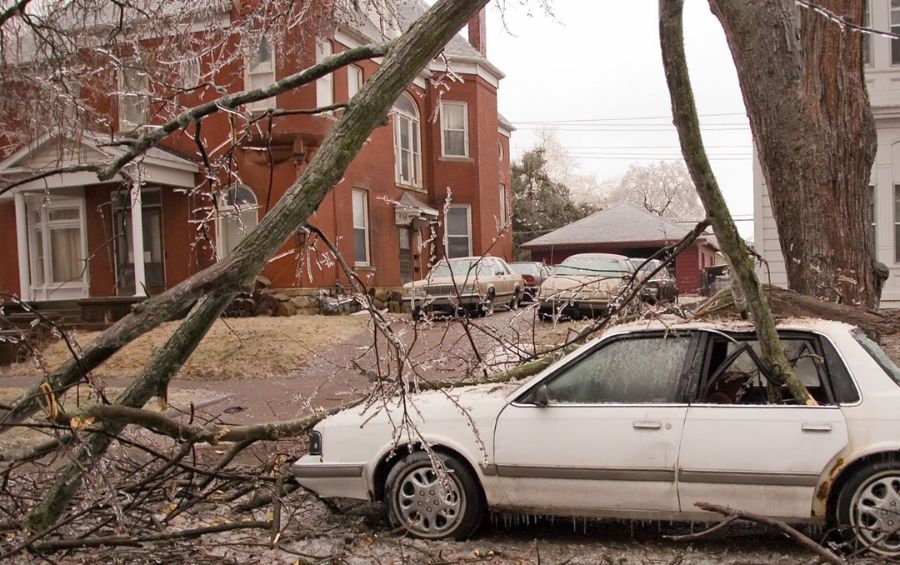
Do I Have to Remove a Hazardous Tree?
In Liberty, the city takes tree safety seriously. If a tree is deemed hazardous, whether on public or private property, the city will investigate the situation. They have the authority to remove or order the removal of any tree that poses a safety risk.
However, at Arbor Masters, we believe in preserving trees whenever possible. Our Certified Arborists will assess your tree’s condition to determine if there’s anything that can be done to reduce the risk without removal. In many cases, professional pruning or the installation of cabling and bracing can stabilize the tree, allowing you to keep it while minimizing the threat to your property and loved ones.
If you believe your tree may be hazardous, it’s important to get in touch with a local Certified Arborist sooner rather than later. Waiting too long can increase the risk of tree failure, especially as winter weather can quickly exacerbate existing issues.
Why Arbor Masters Is the Trusted Choice for Hazardous Tree Removal in Liberty, MO
When it comes to hazardous tree removal, choosing the right company is important for ensuring both safety and the best possible outcome for your property. Here’s why Arbor Masters is the trusted leader in hazardous tree removal in Liberty:
- Certified Arborists with Expertise: Our team is made up of Certified Arborists with extensive training and experience in tree care and hazardous tree removal. We follow industry best practices to ensure safe, effective, and professional service every time.
- Deep Local Knowledge: As a locally owned company, we understand the unique challenges that Liberty’s climate and landscape present to trees. Our experience working in the area allows us to address specific risks affecting local tree species.
- Focus on Safety: Safety is our top priority, from protecting your property to keeping our team and your family safe. We use the best equipment and follow strict safety protocols to minimize risk during every job, large or small.
- Fair, Transparent Pricing: We provide clear, upfront pricing with no hidden fees, ensuring you know exactly what to expect. Our fair pricing reflects the high quality of our work, so you can trust you’re getting the best bang for your buck.
- Exceptional Customer Service: From your first call to the final cleanup, we prioritize your satisfaction every step of the way. Our team is friendly, knowledgeable, and always available to answer your questions and guide you through the tree removal process. We’ll ensure you feel heard, informed, and confident in the work we do.

Protect Your Property from Hazardous Trees with Help from Arbor Masters
Winter weather can quickly turn a vulnerable tree into a serious safety hazard. At Arbor Masters, we’re dedicated to helping you protect your property by identifying and addressing hazardous trees before they pose a risk.
Our expert team in Liberty, MO, offers professional assessments, winter pruning, support system installation, safe tree removal, winter tree care tips, and more to ensure your trees stay secure throughout the season.
Don’t wait for damage to occur – call Arbor Masters today at 816-781-8914 for a thorough evaluation.

Want More Like This?
Get the latest local news, tree care tips, special offers, and company updates directly to your inbox! It's easy to subscribe and there's no spam - we promise.
"*" indicates required fields

